After hours of being absorbed in his legal career, Mr. Ta Thu Phong “entertains himself” by flipping through old newspapers to read interesting stories about Hanoi . Mr. Phong, like many others, although not born in Hanoi, spent his youth studying and working in the capital. The thousand-year-old city, with its profound cultural depth, silently attracts people from all over the world. So Mr. Phong is passionate about Hanoi, sometimes feeling as if his family has settled in the capital for several generations.
Hanoi has gone through many periods, what is common today, in just over ten years has become the past, without a trace. But fortunately, all of it is recorded in newspapers. Mr. Phong collected many rare newspapers that are not kept in any libraries or museums. He diligently read, filtered interesting stories, strange things, discovered contradictions in what people today write about the past... He took careful notes, compared many sources of information to "paint" a context that is not only realistic but also very vivid. Reading this book, Ta Thu Phong is like a knowledgeable tour guide leading readers to old Hanoi, giving the feeling of living in the past.

39 articles with a capacity of nearly 250 pages provide a rich source of knowledge about old Hanoi. That is the historical story with the tomb of "Quan Nam" (Colonel) Henri Rivière who died in battle in Cau Giay in 1883. The colonialists and feudalists built a monument to commemorate him in Ha Yen Quyet village. The remaining trace is a very large blue stone slab right at the entrance of lane 155 Vy Hau near Cau Giay Post Office . Or the daily activities such as handcarts, high-rise buildings, taking photos at Huong Ky shop are now recounted in detail by Ta Thu Phong to know how our ancestors used to travel and dress. Thanks to the rich source of documents, Ta Thu Phong can not hesitate to comment that Nguyen Tuan partly fictionalized the story of beheading with a knife in the short story "Blood Party" as writer Do Phan emphasized in the preface of the book. Or he can delve deeper to clarify questions like: When did the "Heavenly Market" in Hanoi begin?
The press reflects reality honestly, so reading old newspapers will have interesting stories that will surely surprise us. For example, on June 23, 1924, in the Trung Bac Tan Van newspaper, in the personal announcement section, there was information about Mr. Nguyen Van Gioc, a postal clerk, telling about his wife, the daughter of the owner of the Tuong Ky fireworks shop, who was a spendthrift and borrowed money everywhere; therefore, he posted a public announcement to tell people not to lend his wife money anymore, and that he was not responsible for this.
The value of the book is not only for general readers to have knowledge about Hanoi, to love the history and culture of the capital more. The important thing is that from the documents that Ta Thu Phong collected and distilled, it can be the foundation for in-depth research in the direction of the past to answer big questions about the cultural identity and people of Hanoi. Therefore, Ta Thu Phong can not only bring us into the past but also create the necessary foundations to produce great research works about Hanoi in the future.
Source



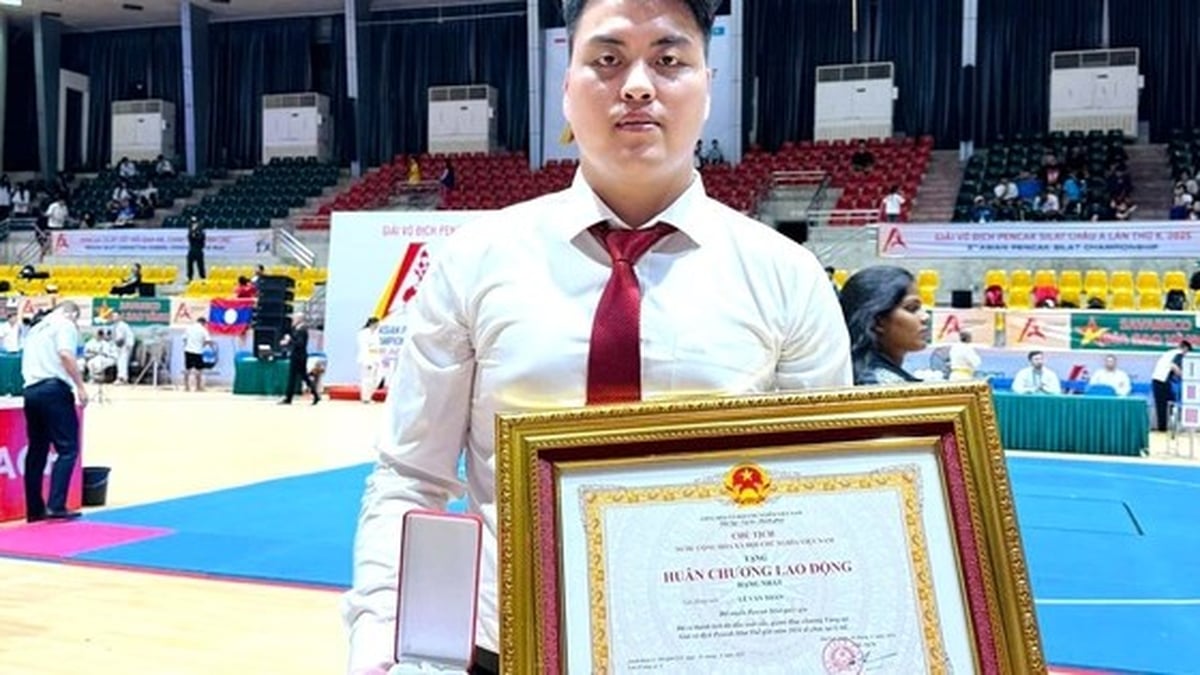




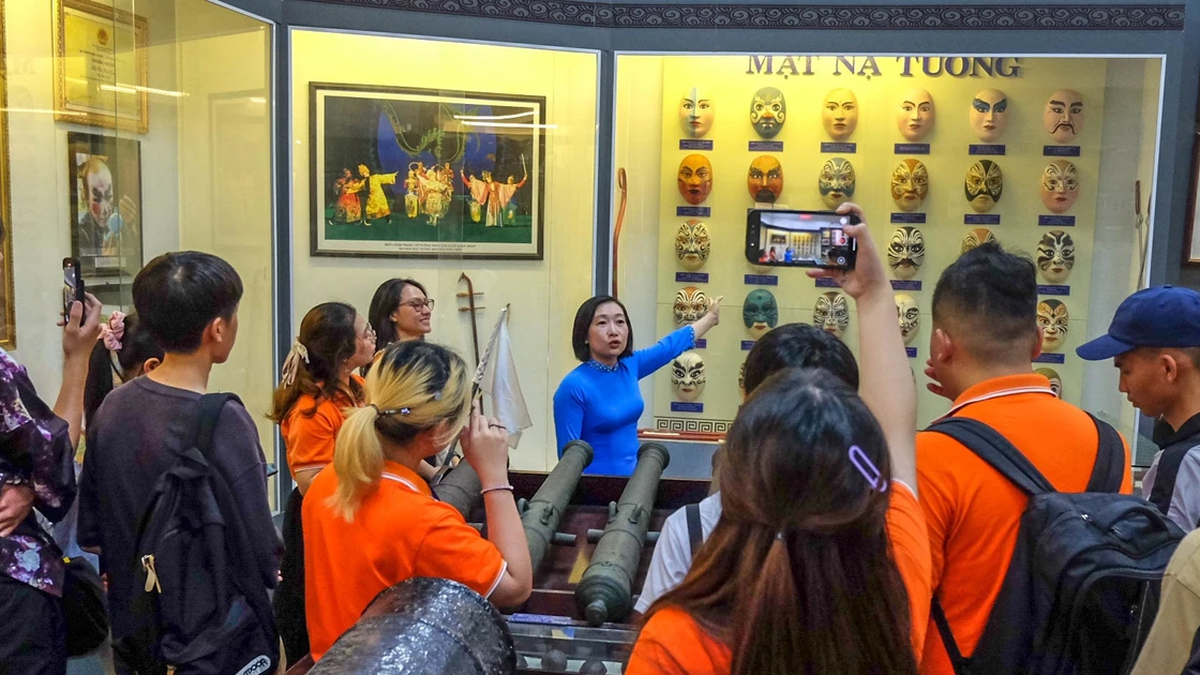
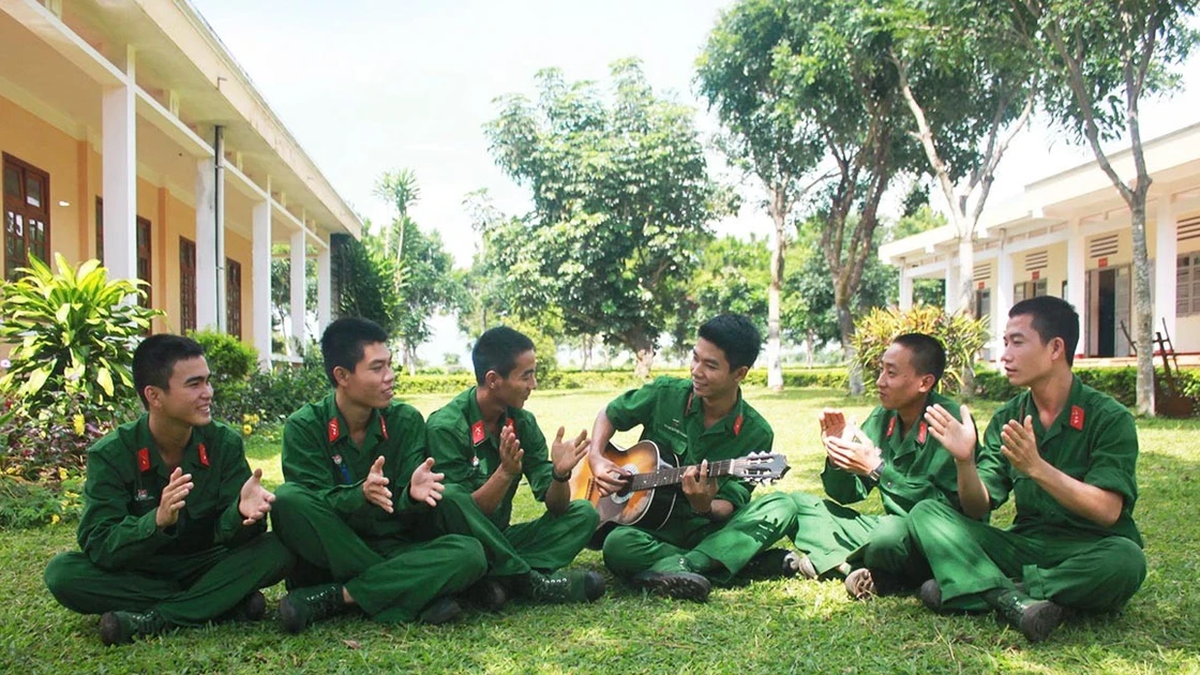
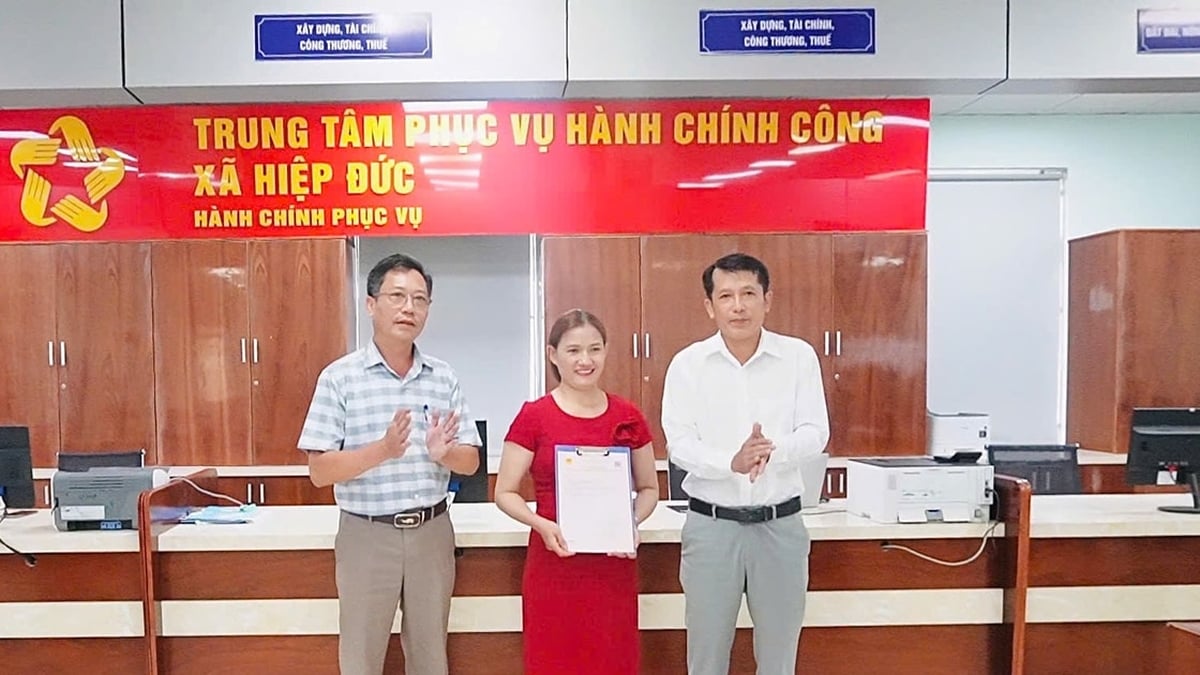












































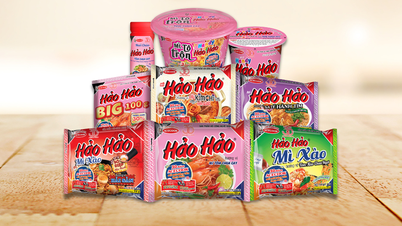




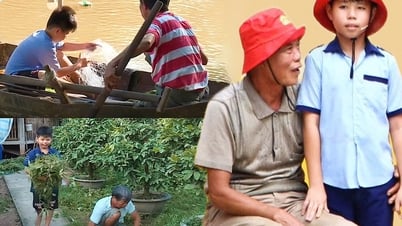





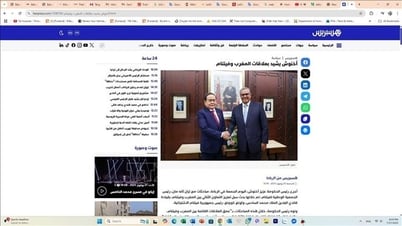


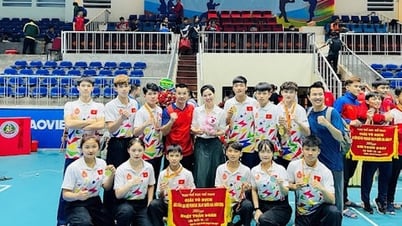

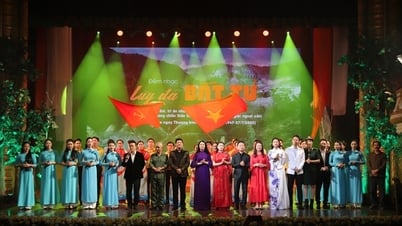
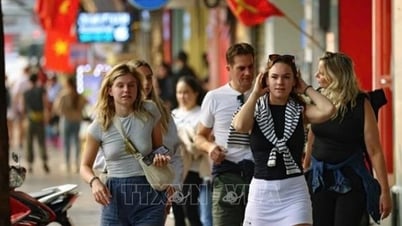

























Comment (0)